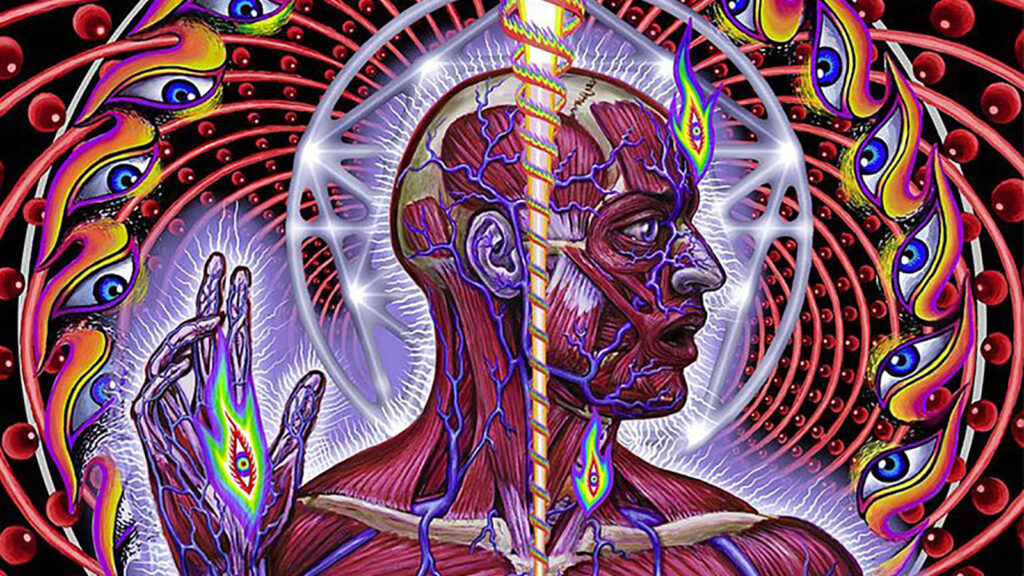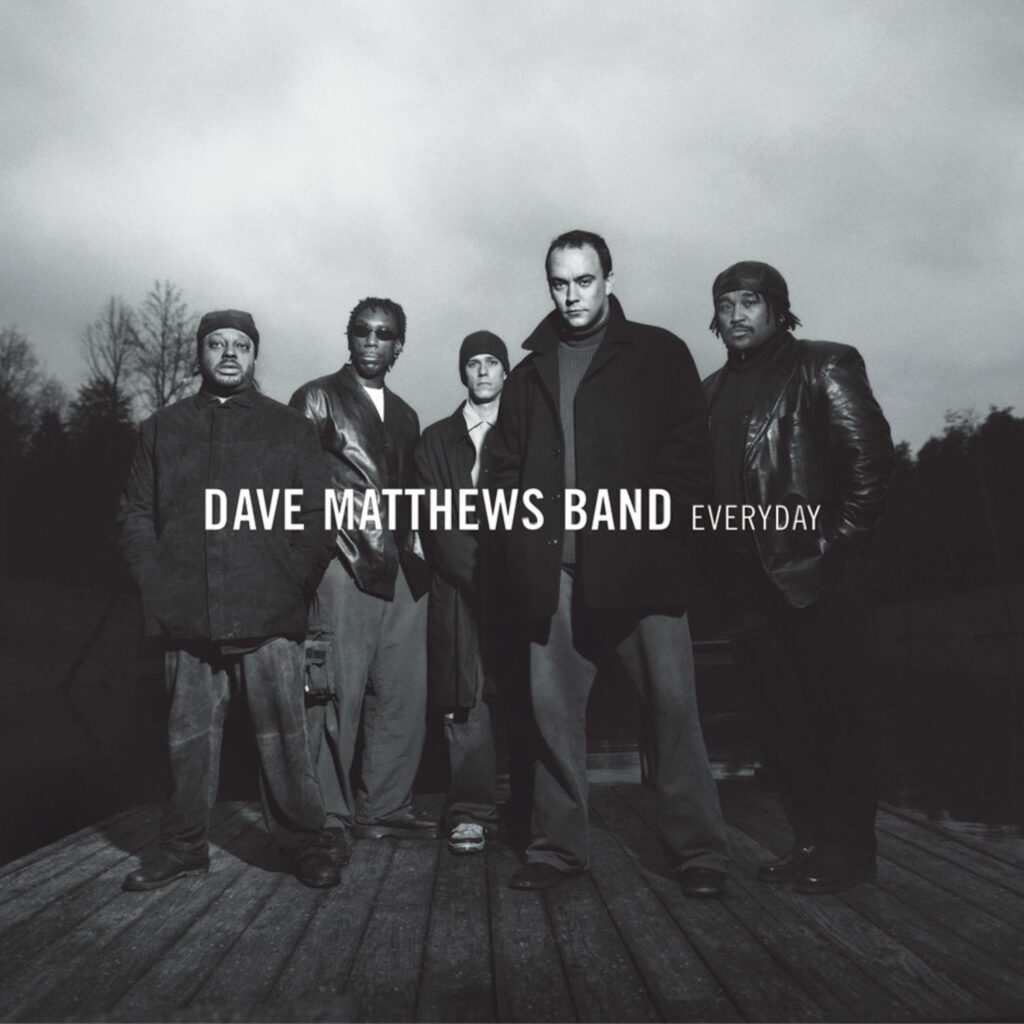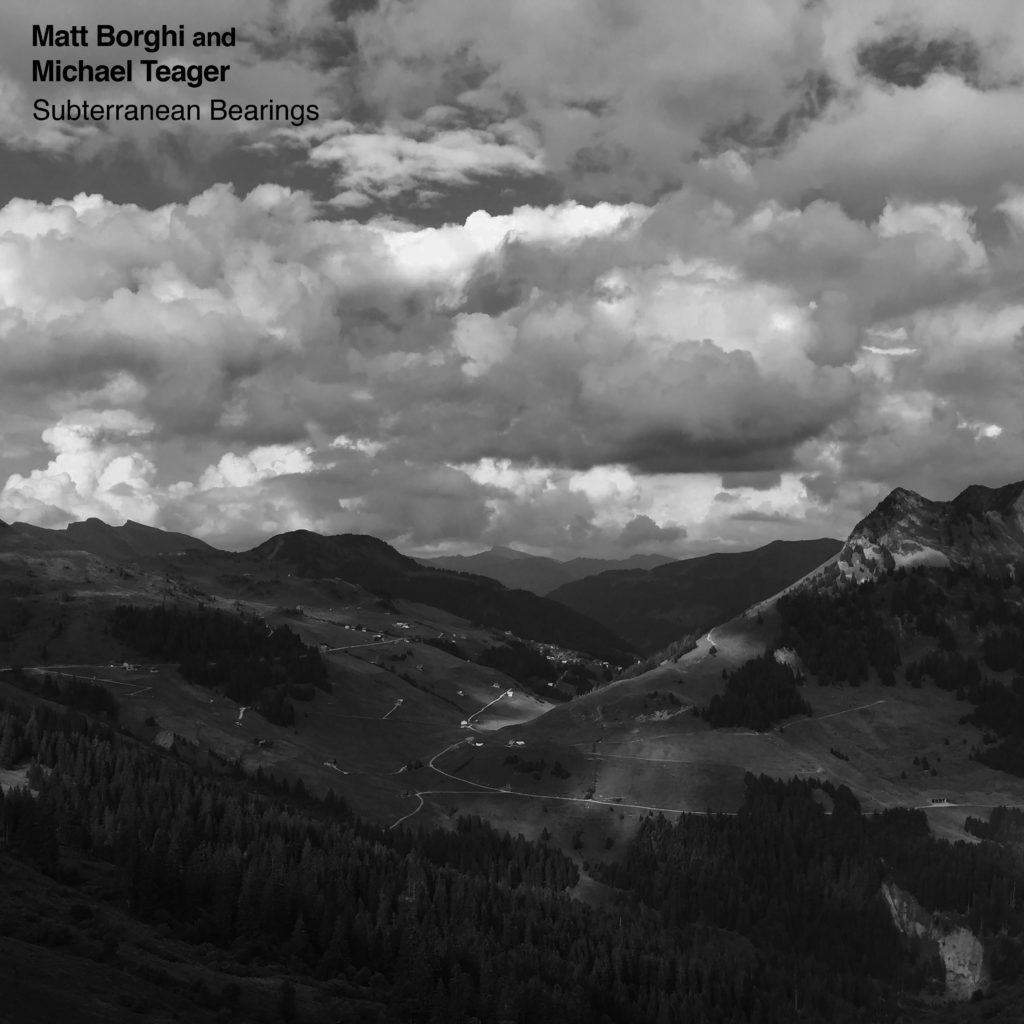Like many others, I’m thankful to finally be part of audiences again. Even though I had (outdoor) gigs all the while, albeit far fewer than originally planned, I went ~18+ months without attending a show as an audience member. Of course, I’m not the only one. (I can’t dwell on it without getting too upset, but I must again note my extreme disappointment over not seeing Chicago’s latest Ring Cycle come to fruition.) While the “return” was notable in and of itself, I’m fortunate that I happened to end the drought with the biggest of bangs. My first four post-pandemic concerts were:
King Crimson @ The Egg in Albany, NY (08.22.21)
Sun Ra Arkestra @ Asbury Hall in Buffalo, NY (09.02.21)
Dave Matthews Band @ Saratoga Performing Arts Center in Saratoga Springs, NY (09.17.21)
Dave Matthews Band @ Saratoga Performing Arts Center in Saratoga Springs, NY (09.18.21)
Some random notes on each.
King Crimson @ The Egg in Albany, NY (08.22.21)
Oh. My. Goodness. (Honestly, this show is the primary reason for this post, just to lightly memorialize it if nothing else.) Two things to note right up front. First, I went into this show completely blind. I’ve long been aware of King Crimson, and I have a couple of Robert Fripp‘s ambient records with reedman Theo Travis, but I didn’t know any of KC’s work well enough to really recognize or discuss it to any extent. (Being such a big Tool fan, I of course had at least a general familiarity with KC.) Second, I walked out a complete convert. At intermission I was blown away, and by the show’s end I considered it probably one of the ten best shows I’ve ever seen. (With a little distance, and a little less recency bias, I maintain that opinion. It was astounding.) To top it off, what a great venue.
This was an invite-only Friends & Family show, and I happened to be the +1 of my friend Dave, who suggested I go and said I’d love it. (Thank again, Dave!) I had also been told as much by one of my very best friends who’s seen King Crimson a couple times (and, like me, I think he went in mostly blind at first). I’m so glad I accepted the invite and made the drive. Given the Friends & Family atmosphere, it was an intimate audience of ~200 superfans, and the band performed two full sets (with intermission) plus an encore, longer than a typical show with an opening act. Additionally, I’m sure it was also the first concert in a long while for many in the audience.
From the first note to the last, I was fully engaged. I truly didn’t know what to expect, especially considering the saxes and flutes I saw on stage before the show began. (I tend to get leery when I see such because saxophones in a rock, even progressive rock, context can be hit or miss. I’m often sensitive about that for obvious reasons.) But everything fit, and the whole was definitely greater than the sum of its formidable parts. I was regularly at a loss as to what was composed and arranged versus what was improvised, and I mean that as a compliment. The current lineup—and I assume its predecessors too—is a tight, cohesive unit, which is saying something for a septet that includes three drummers. To me, the music was a perfect blend of many styles and approaches to music I hold dear: the power of rock, the improvisatory elements of jazz (“Neurotica” sounded like something out of 1980s-flavored electric post-bop, and I wanted to inject it directly into my veins), and the structural elements of classical. (Saxophonist Mel Collins’s off-the-cuff quotation of “Take The A Train” during the fast section of either “Starless” or “21st Century Schizoid Man” was a nice touch.) Were it not for the applause of the surrounding acolytes, I wouldn’t have known where most pieces ended or began. And, to top it all off, Tony Levin‘s virtuosity made me, for the first time in my life, appreciate the Chapman stick as an instrument.
I still grin whenever I think of this concert, which is often. I’ve spent the last couple months digging into the King Crimson discography and history, and I’ve already pre-ordered the official live bootleg of this North American tour which includes some selections from the Albany performance. I can safely say that I’m now and forever will be in the court of the Crimson King…
Go here for a little writeup on the show by David Singleton.
(That evening’s set list, which I’ve used as a starting point for my KC excursions, is here.)
Sun Ra Arkestra @ Asbury Hall in Buffalo, NY (09.02.21)
Similar to King Crimson, Sun Ra‘s music has long been one of my blind spots. I’ve heard some tunes here and there and had a baseline understanding of the late bandleader and his legacy, but I never really dug into the music itself. As for the current lineup, I knew that bandleader and alto saxophonist Marshall Allen had celebrated his 97th birthday over the summer, but that was about it. For some reason I was unaware of this show until shortly before it happened, but I was fortunately able to purchase a ticket. (It looked sold out the night of the show, which was a pleasant surprise.) This particular concert, like many, had been postponed because of the pandemic. To top it off, the concert was at Babeville’s Asbury Hall, the venue in which I was married. (Between this concert at 2019’s Jenny Lewis show, I have a good streak of happy memories at the venue.)
Again, I didn’t really know what to expect other than for the music to be a bit out. I was completely unprepared in the best way, and I was hooked from the first few bars. The evening’s music was an intriguing blend of swinging blues, shout-chorus horn arrangements, unbridled joy, and uncompromising free playing. And, much to my pleasant surprise, Marshall Allen stood and played his heart out all through both sets. I’m so glad I was fortunate to see this incarnation of the group while some of the older members are still performing.
Dave Matthews Band @ Saratoga Performing Arts Center in Saratoga Springs, NY (09.17.21 & 09.18.21)
And of course, a return to concert attendance wouldn’t be complete without a DMB show or two, and it was nice to return to SPAC. (Night two was my 75th show.) What a great weekend all around, as a best friend and I got a rental and made quite the time of it—it definitely felt like a return to some semblance of “normal.” The shows themselves were excellent, and the band sounded particularly tight both nights. I enjoyed what seemed to be quite the rib: keyboardist Buddy Strong was playing violin synth patches in parts he hadn’t been his first couple years with the band, and Dave had a little grin most times he did it. I’d like to think it was the band’s way of replying to former member and violinist Boyd Tinsley’s then-recent odd (and slightly unhinged) Twitter activity, but of course I can’t prove it. (For example, since Tinsley’s departure from the band, the violin part during the introduction of “Pig” has been played by trumpeter Rashawn Ross, whereas that night Buddy Strong played a synthesized violin on keys. It was the best the fiddle ever sounded on “Pig” during a live show.) I hope it’s not a permanent change/reversion, but I was entertained by it throughout the weekend.
Though the band itself was on fire both nights, I thought Friday’s set list was one of the odder ones I’ve seen. It was almost as if someone pulled up the DMB discography and hit “shuffle” while also throwing in a few covers. (For reference, the set list is here.) My friend and I remarked to one another multiple times throughout the night the set was odd—not bad, just sort of the off the wall. Saturday’s set list, however, was one for the history books, featuring arguably one of the best main sets I’ve seen the band play. (Perhaps one more song in the encore could’ve really pushed it over the top, but that’s me being greedy.) Save one new song (“Ocean and the Butterfly”), everything else was from 2008 or before. (Bassist Stefan Lessard’s hat that read “Old Style” wasn’t kidding.)
On top of it all, Saturday’s audience was one of the hottest crowds I’ve been a part of for a DMB show. SPAC is generally a hardcore audience anyway, but throw in a forced year off and a noteworthy opening run of songs, and it was like a spark in dry grass. One powerful moment for me was during “Grey Street” on Saturday night. We knew that the third verse returned this year, but the crowd’s explosion at the start of that verse was almost overwhelming. Such an indelible imprint. The audience took the reins in other spots also, eliciting the infrequent “Louie Louie” interpolation from Dave during “Warehouse,” among other things. I can safely place the Saturday show in my top 10 DMB shows, possibly higher. It was certainly the best one I’ve seen in several years.



